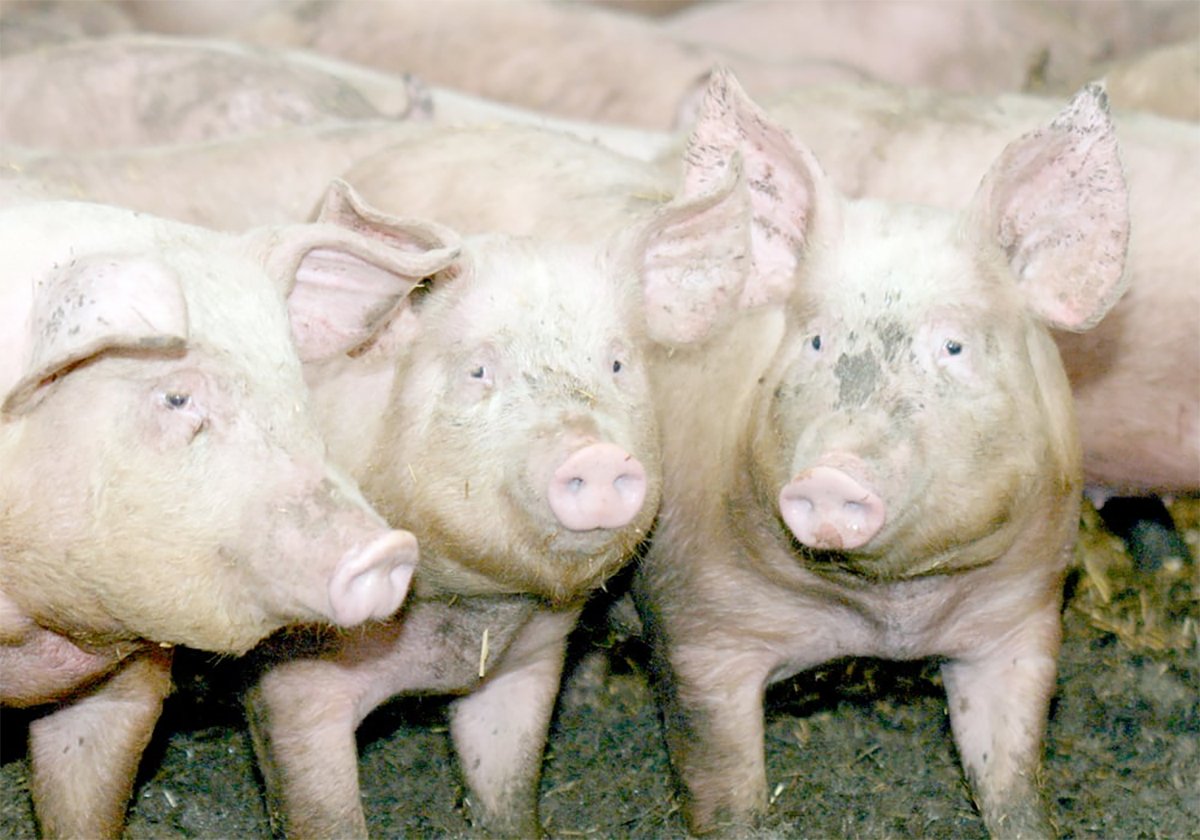Guarantees minimum price | Insurance against unexpected price drops
NANTON, Alta. — It seemed that 2012 would be a year of possibilities for the cattle industry, but prices had gone soft by fall and those without market protection rued the day.
A made-in-Alberta risk management plan that provides coverage for unforeseen events such as price drops, basis changes and currency volatility is gaining acceptance, but more producers should consider signing on, said Haley Rutherford of the Alberta Financial Services Corp., which administers the cattle price insurance program.
“A lot of guys are managing risk from a pricing standpoint, but I don’t think it is as mainstream as it could be,” she said at a recent beef seminar in Nanton.
Read Also

The Western Producer Livestock Report – November 13, 2025
Western Producer Livestock Report for November 13, 2025. See U.S. & Canadian hog prices, Canadian bison & lamb market data and sales insights.
“This is like risk management for dummies. It is easy.”
Rutherford said currency changes affect Canadian prices, which makes coverage important, particularly with narrow margins in the beef business.
Canadian cattle prices follow by three cents per pound if the loonie shifts one cent in either direction against the U.S. greenback.
Profits over 20 years are break even at best for those operating on a cash basis, she added.
Rutherford said the Alberta program can help manage the bottom line with guaranteed cash flow to enhance business planning and facilitate financing.
It guarantees a minimum price on cattle with no obligation to sell cattle when the insurance period expires. Prices are based on Alberta markets, and premium tables are released Tuesday, Wednesday and Thursday. Claims may be made on Monday.
Premiums and prices are based on information pulled from the futures market, Alberta auction market information and electronic sales. They do not include sales of one or two head.
Rutherford said the program provides protection against unpredicted declines on the weekly Alberta cash prices over a defined period of time. Coverage is based on hundredweight rather than the number of cattle. Calves, feeders and fed animals can be protected.
“We are buying coverage. If the cash market is higher than that coverage, you don’t get paid. If the cash market is lower than the coverage, you get paid up to the coverage level.”
Fifteen percent of customers are audited to make sure they are Albertans who own cattle.
Feeders were selling for well above the average in spring but fell below 2011 levels by fall.
Rutherford said calf insurance was a good buy this year, but there was little participation.
Calves in the 550 pound weight range paid out a maximum of $74 per head with an average payout of $40 in the fall. About 120 people insured the price on 32,000 calves. The maximum payout for feeders was $195 and the average was $80 per head.
“Since 2009, there was a lot of uptake by the feedlot guys and then it really dropped off, but since the XL ordeal we now have 90,000 back on the books for fed insurance and basis insurance,” Rutherford said.
She said there is price optimism for the spring, which means it is advisable to buy protection.
Premiums can be found at www.afsc.ca.















